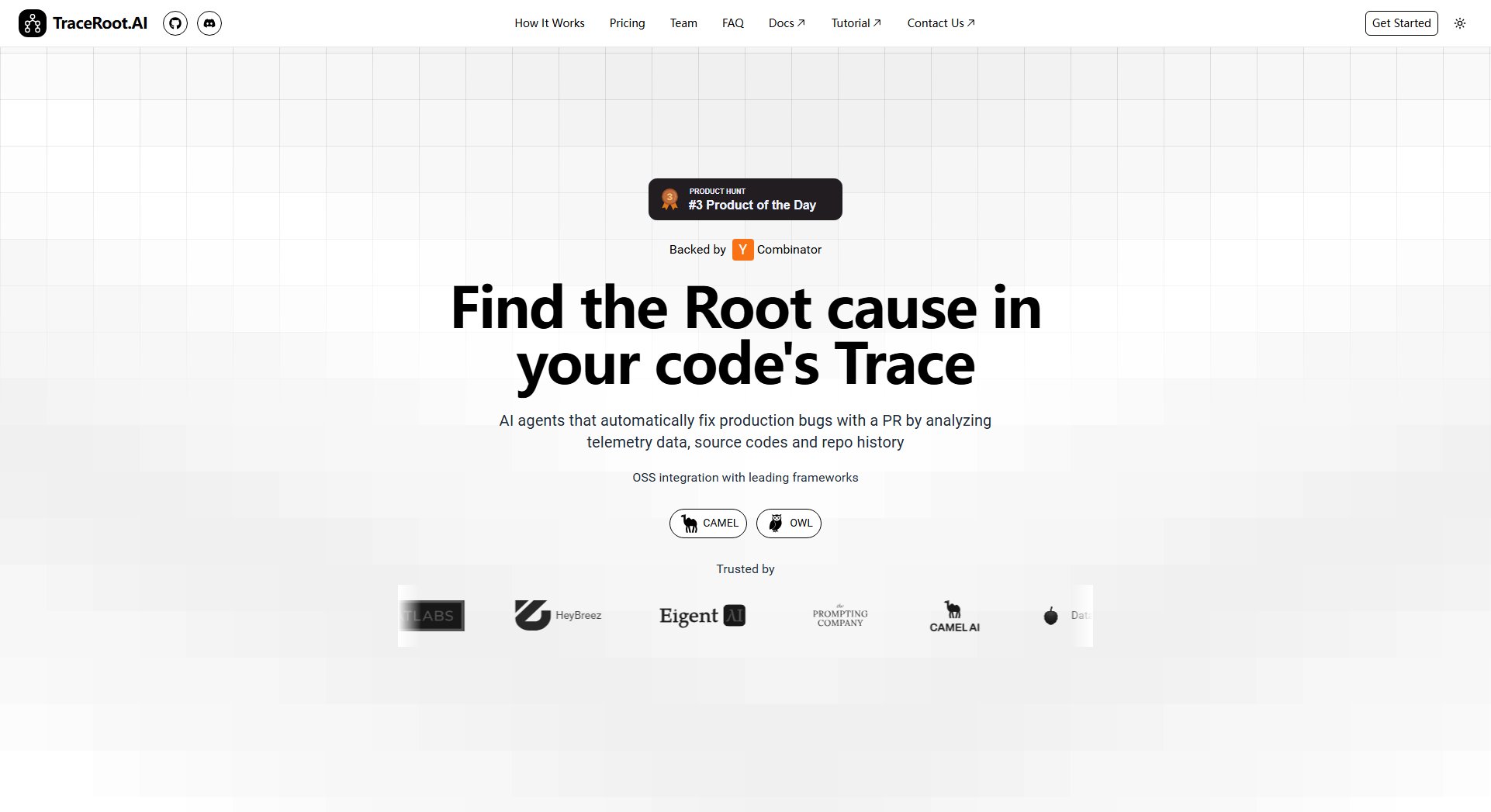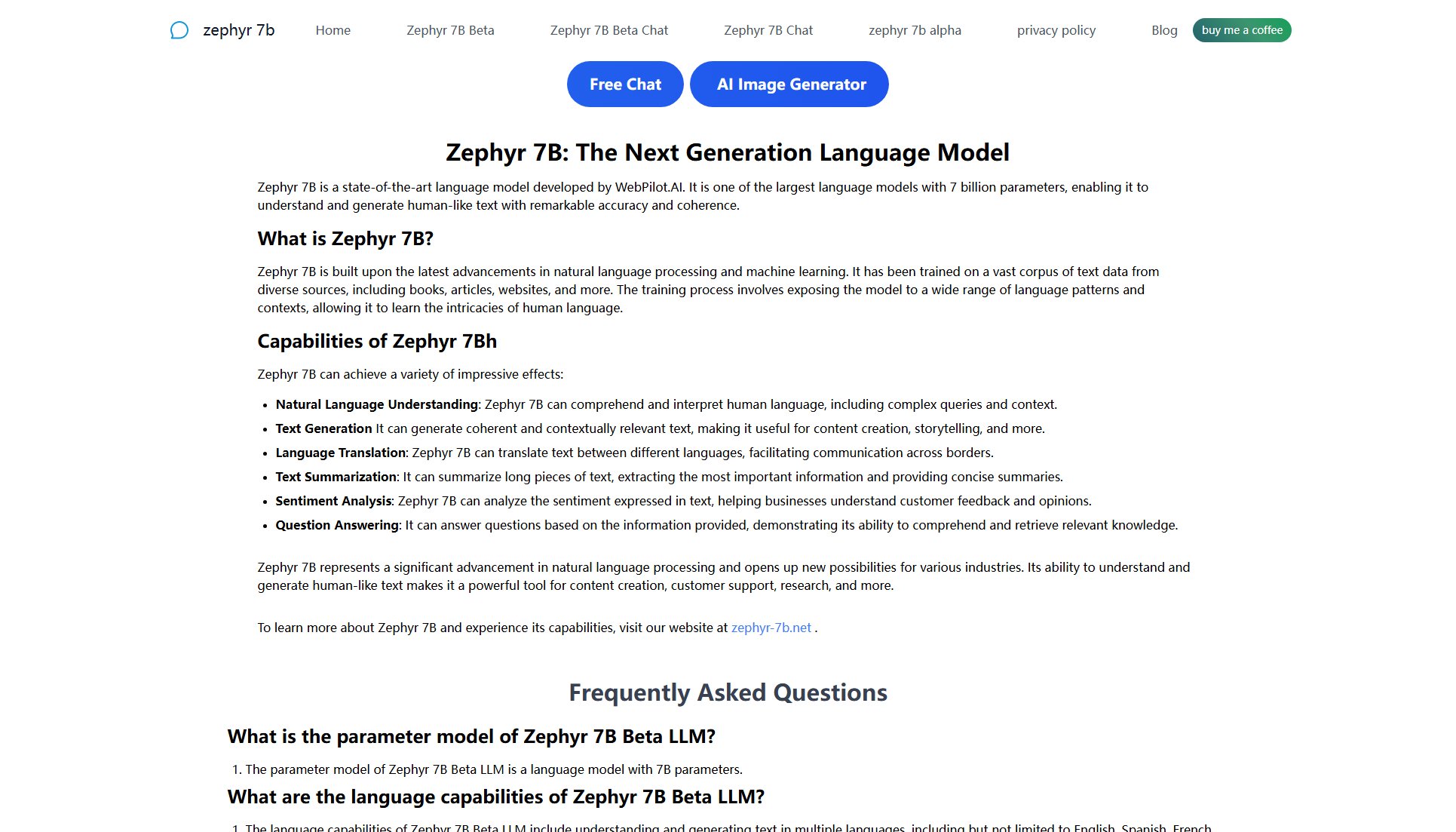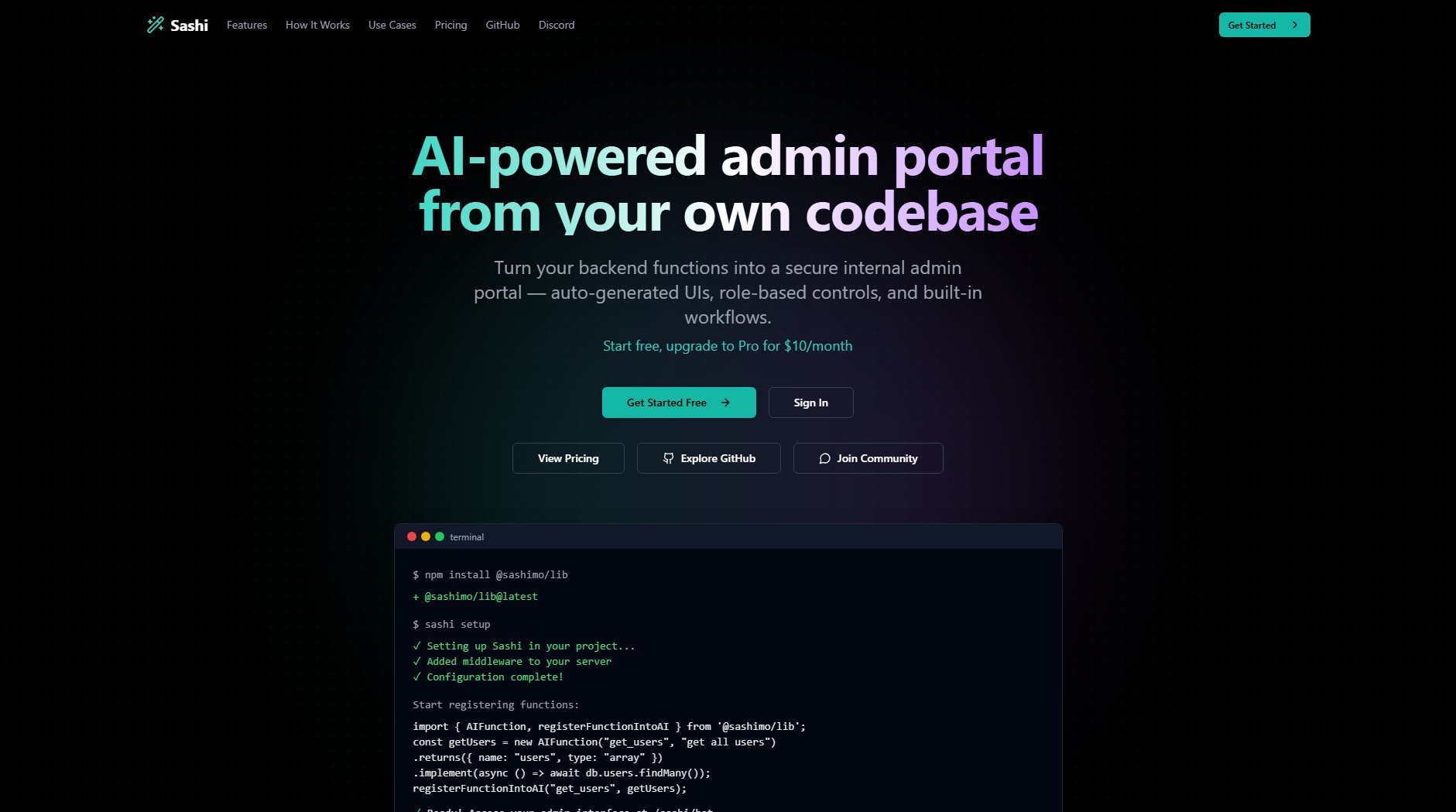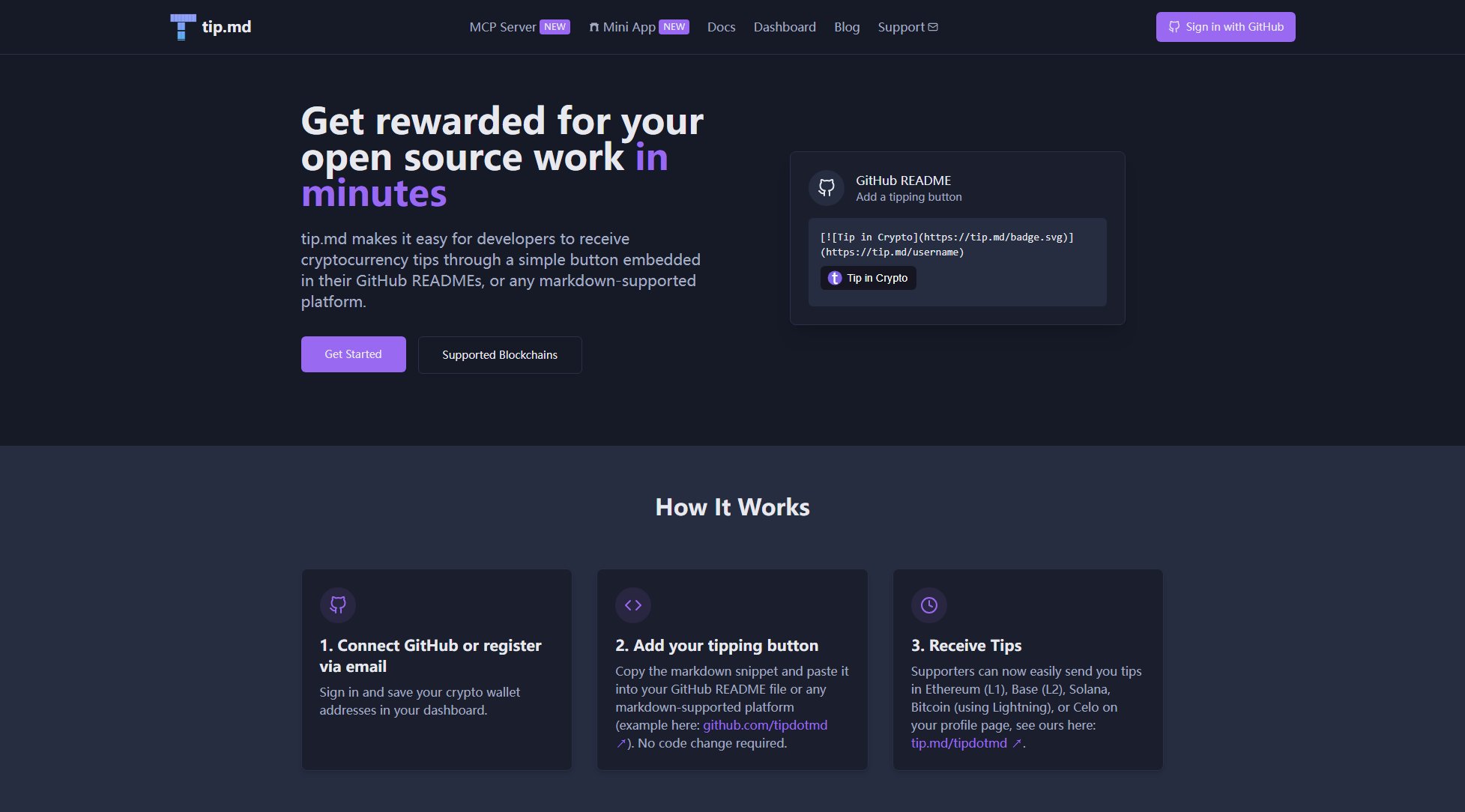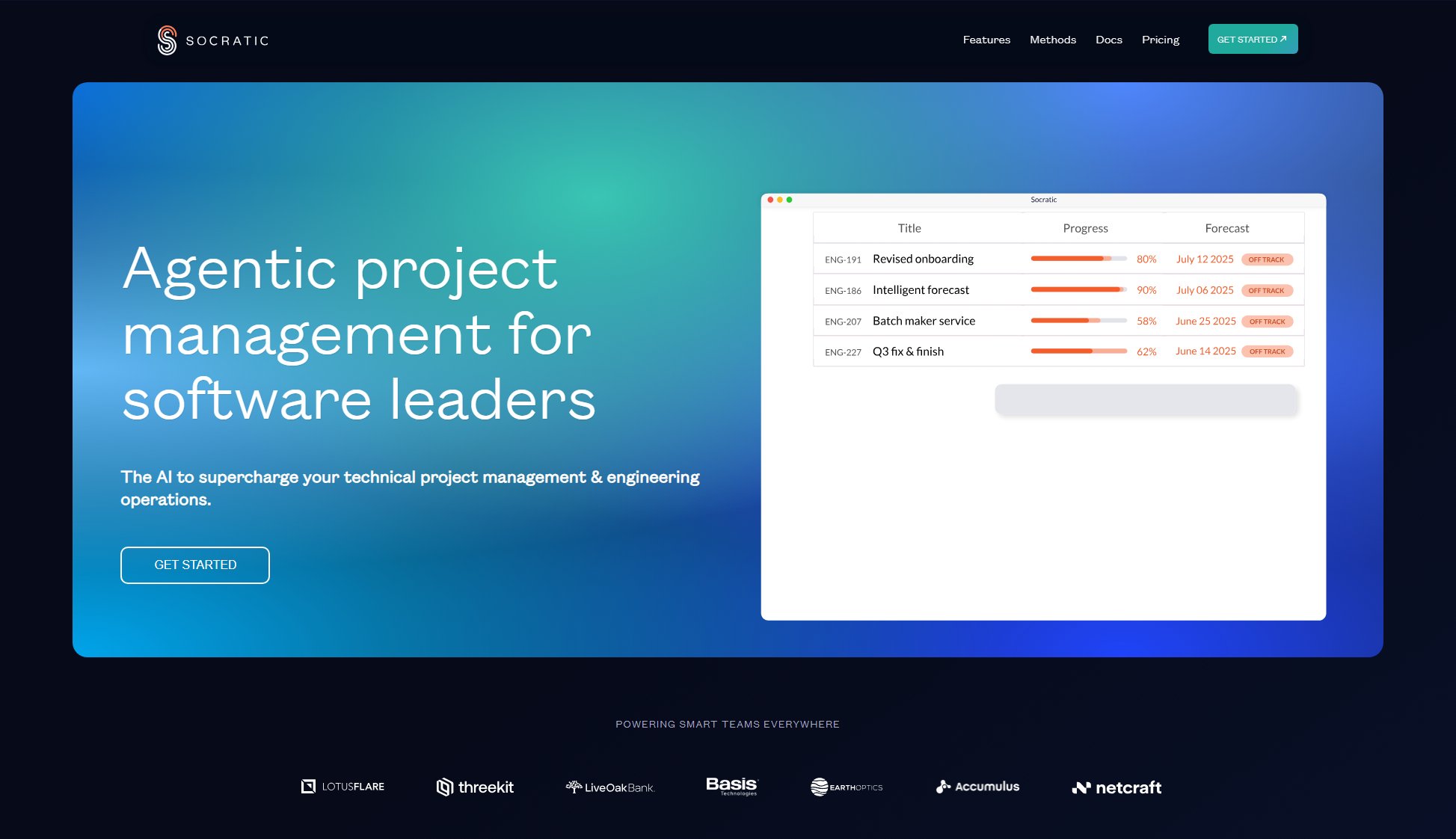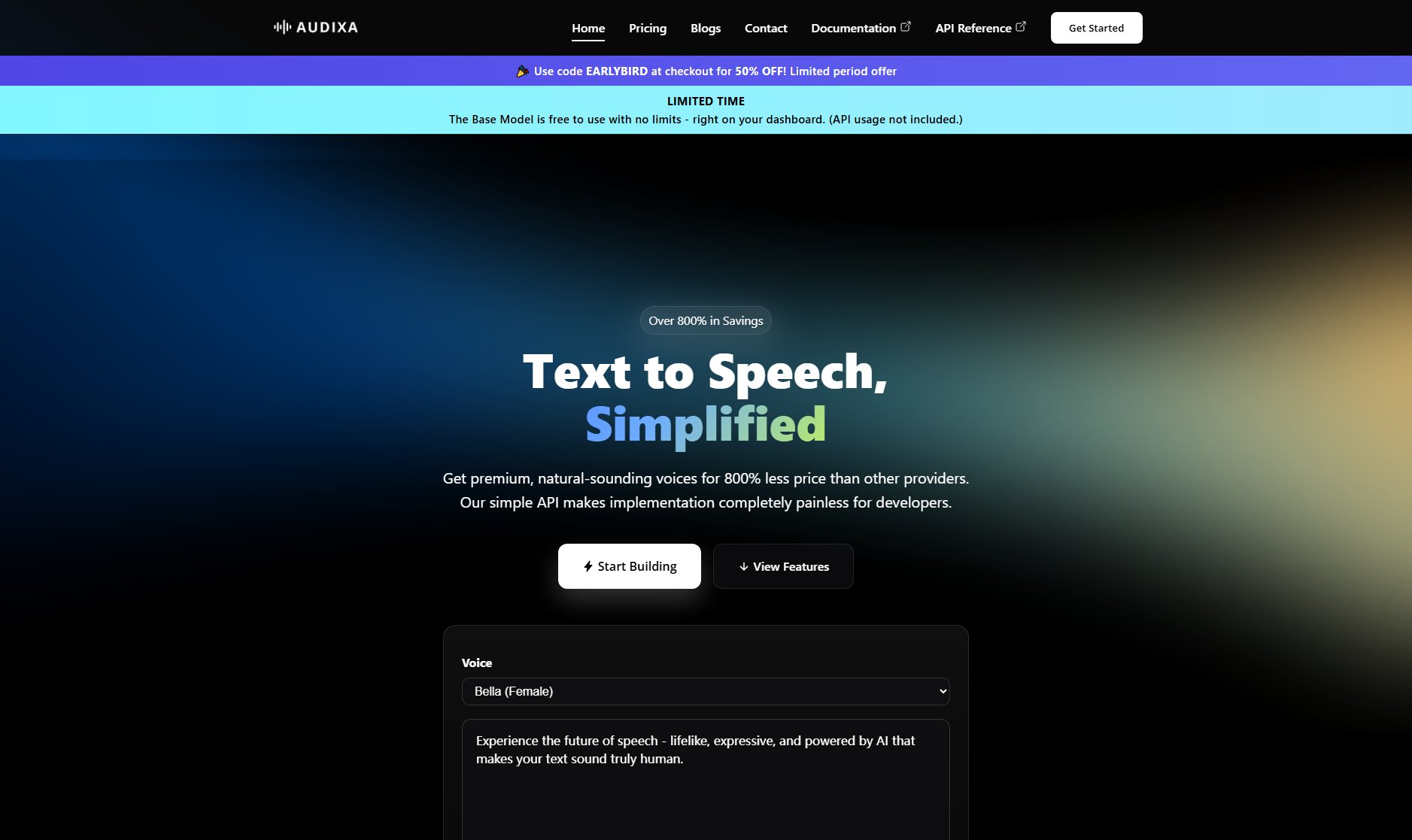EigenDB
Lightweight open-source vector database with HNSW search
What is EigenDB? Complete Overview
EigenDB is a lightweight in-memory vector database written in Go, designed for efficient similarity search operations. As an open-source solution, it implements the Hierarchical Navigable Small Worlds (HNSW) algorithm for optimal performance in vector similarity searches. The database is particularly well-suited for integration into Python applications through its dedicated Python SDK, making it accessible for developers working in machine learning, recommendation systems, and other applications requiring vector similarity operations. EigenDB provides a robust API for developers and offers comprehensive documentation to help users get started quickly.
EigenDB Interface & Screenshots
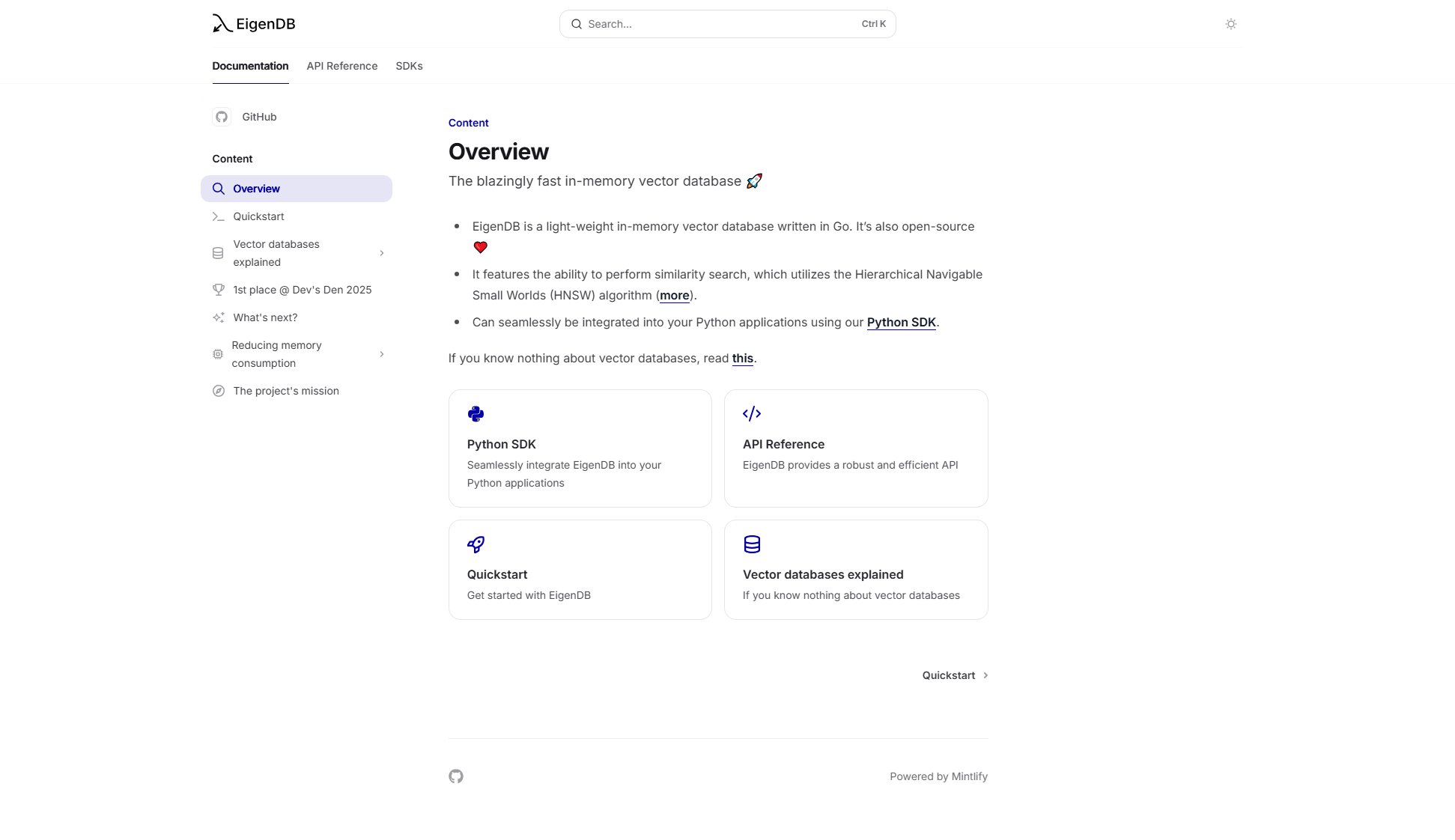
EigenDB Official screenshot of the tool interface
What Can EigenDB Do? Key Features
In-Memory Vector Database
EigenDB operates entirely in memory, providing fast access to vector data without disk I/O bottlenecks. Written in Go, it offers efficient memory management and performance.
HNSW Algorithm Implementation
Implements the Hierarchical Navigable Small Worlds algorithm for efficient approximate nearest neighbor search, providing high recall rates with low computational overhead.
Python SDK Integration
Offers seamless integration with Python applications through a dedicated SDK, making it accessible for data scientists and machine learning engineers.
Robust API
Provides a comprehensive API for database operations, allowing developers to easily integrate EigenDB into their applications and workflows.
Open-Source
As an open-source project, EigenDB offers transparency, community-driven development, and the flexibility for users to modify and extend its functionality.
Best EigenDB Use Cases & Applications
Recommendation Systems
EigenDB can power recommendation engines by quickly finding similar items based on their vector representations, enabling personalized suggestions for users.
Image Similarity Search
Applications requiring visual search capabilities can use EigenDB to store image embeddings and rapidly retrieve visually similar images.
Natural Language Processing
NLP applications can leverage EigenDB for semantic search, storing text embeddings and finding documents with similar meanings.
Anomaly Detection
By comparing vectors of normal behavior patterns, EigenDB can help identify outliers or anomalous data points in real-time systems.
How to Use EigenDB: Step-by-Step Guide
Install EigenDB by cloning the GitHub repository or using the provided installation instructions for your system.
Set up the database instance and configure it according to your memory and performance requirements.
Install the Python SDK if you plan to use EigenDB within Python applications.
Load your vector data into EigenDB using the provided API endpoints or Python SDK methods.
Perform similarity searches using the HNSW algorithm implementation through the API or SDK.
Integrate the search results into your application workflow, whether for recommendations, clustering, or other vector-based operations.
EigenDB Pros and Cons: Honest Review
Pros
Considerations
Is EigenDB Worth It? FAQ & Reviews
While EigenDB is written in Go, it provides a Python SDK for easy integration with Python applications. The robust API can be accessed from any language that can make HTTP requests.
EigenDB distinguishes itself by being lightweight, open-source, and specifically optimized for in-memory operations with HNSW algorithm implementation. It's particularly suitable for applications where simplicity and speed are priorities.
As an open-source project, EigenDB can be used in production environments, though users should evaluate its performance and stability for their specific use case. The in-memory nature means data persistence strategies need consideration.
EigenDB is particularly well-suited for applications requiring fast similarity searches, such as recommendation systems, content matching, anomaly detection, and any scenario where nearest neighbor search in high-dimensional spaces is needed.
HNSW creates a hierarchical graph structure that allows efficient navigation through the vector space, significantly reducing the number of distance computations needed compared to brute-force search methods.
